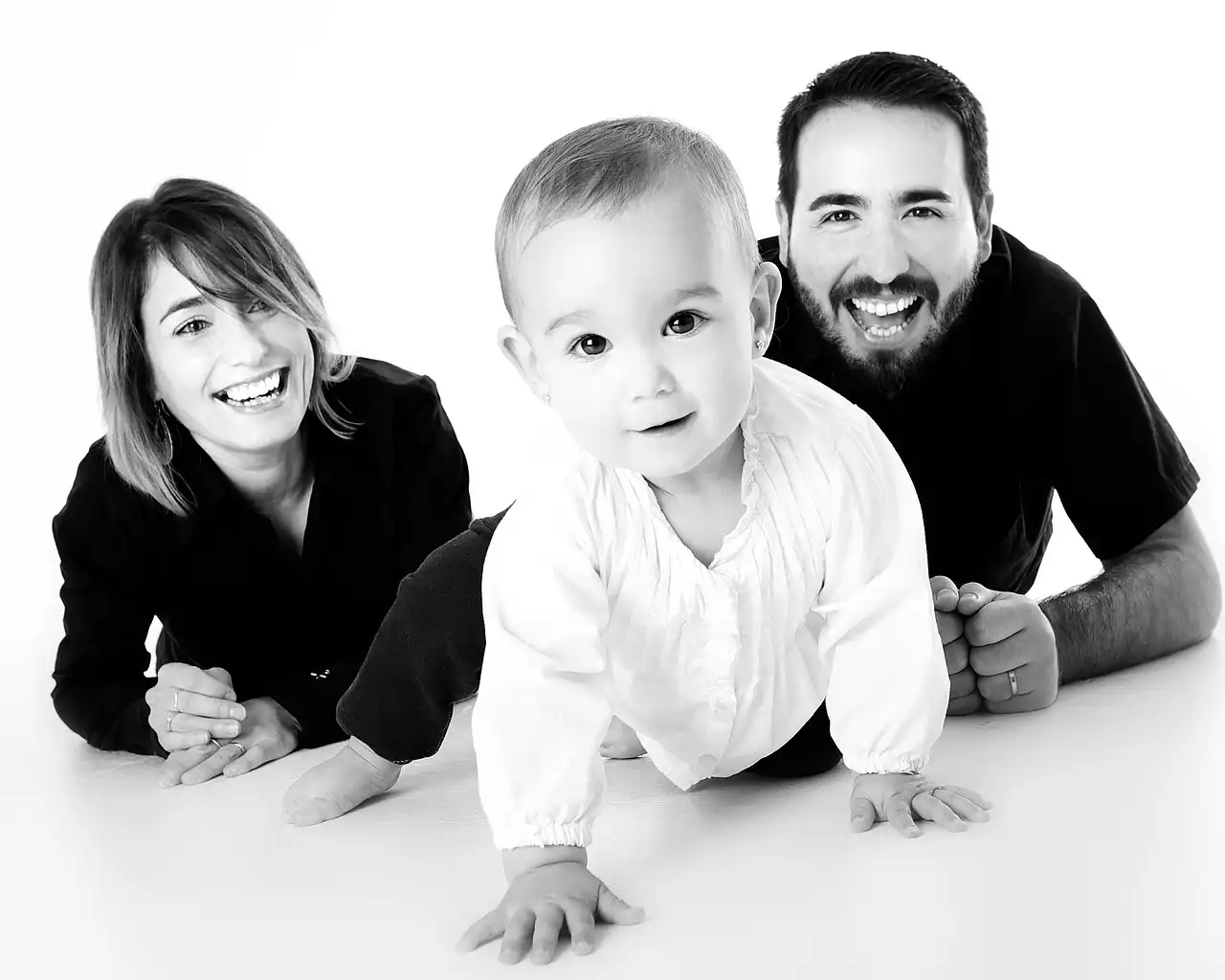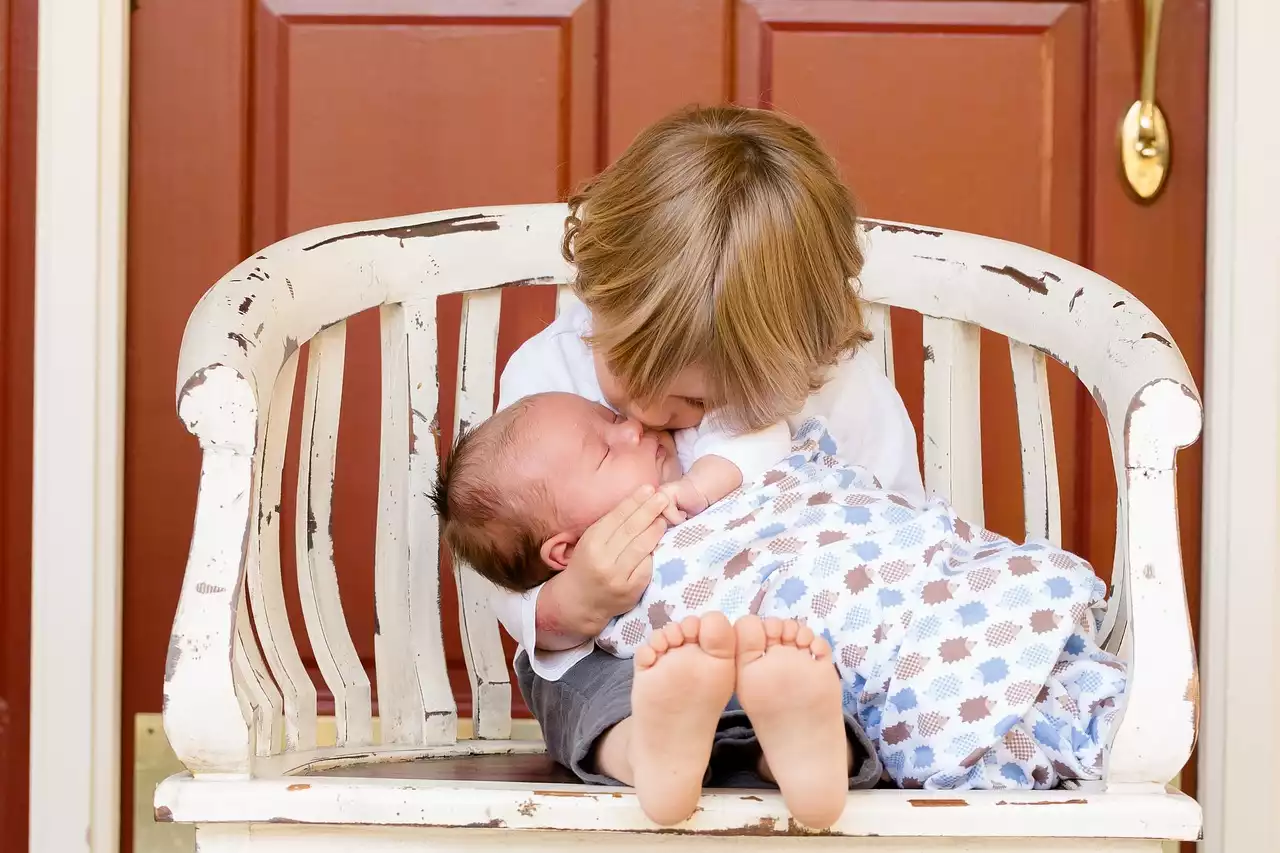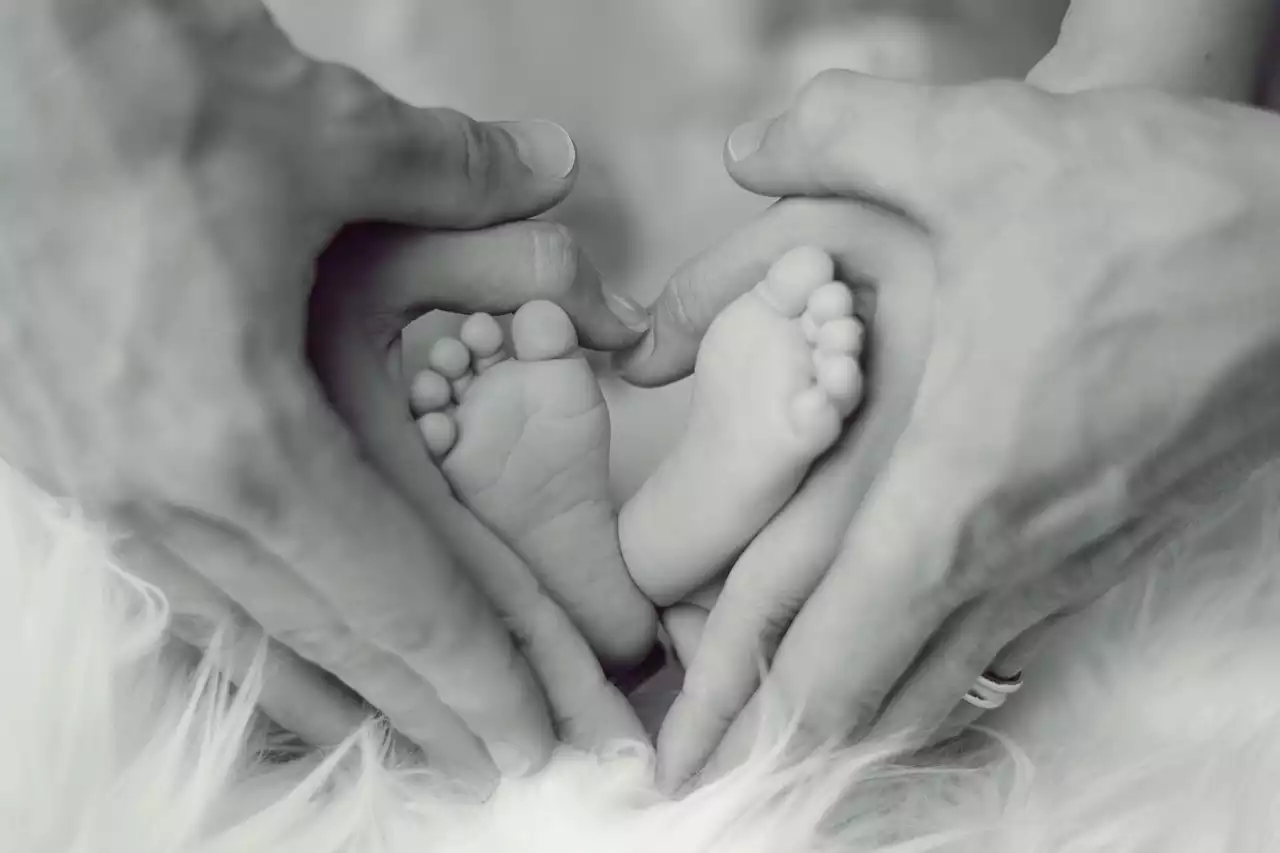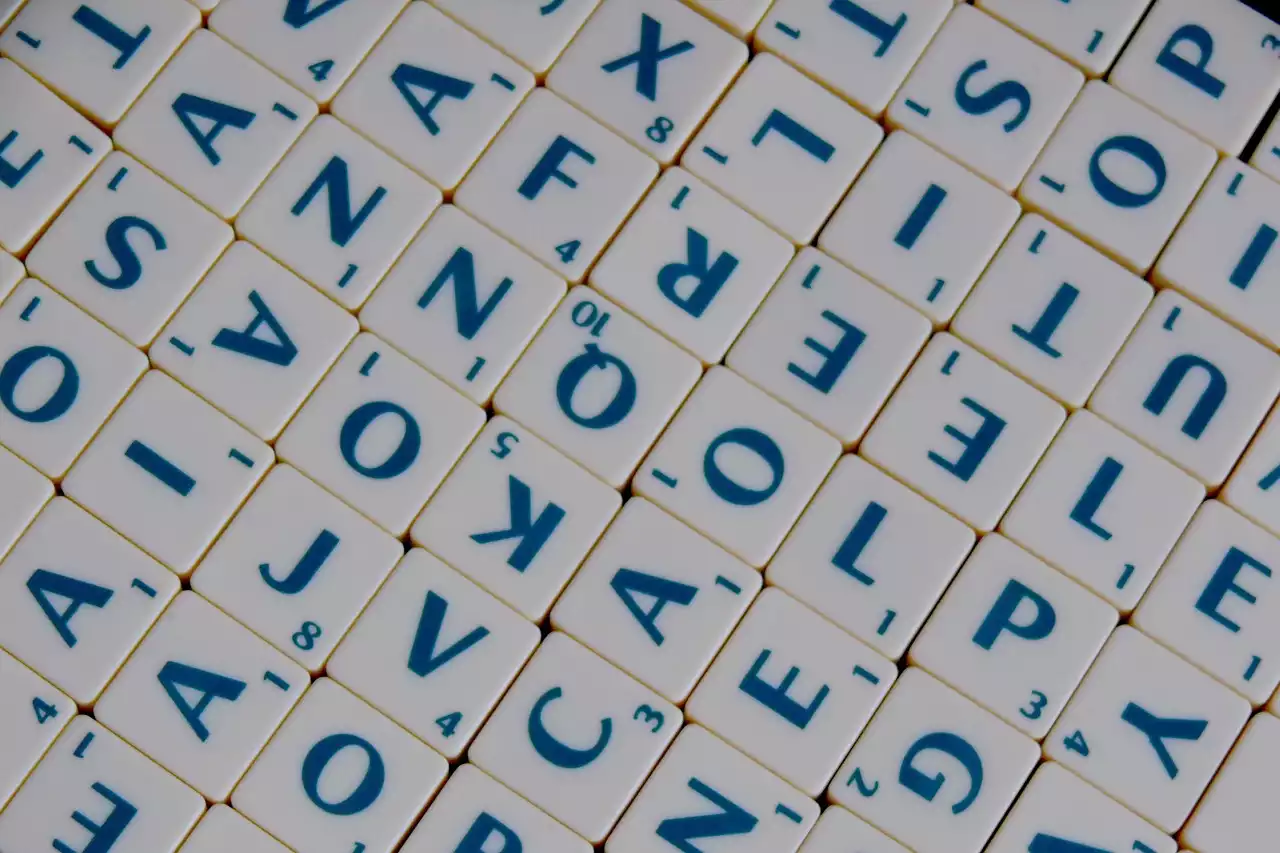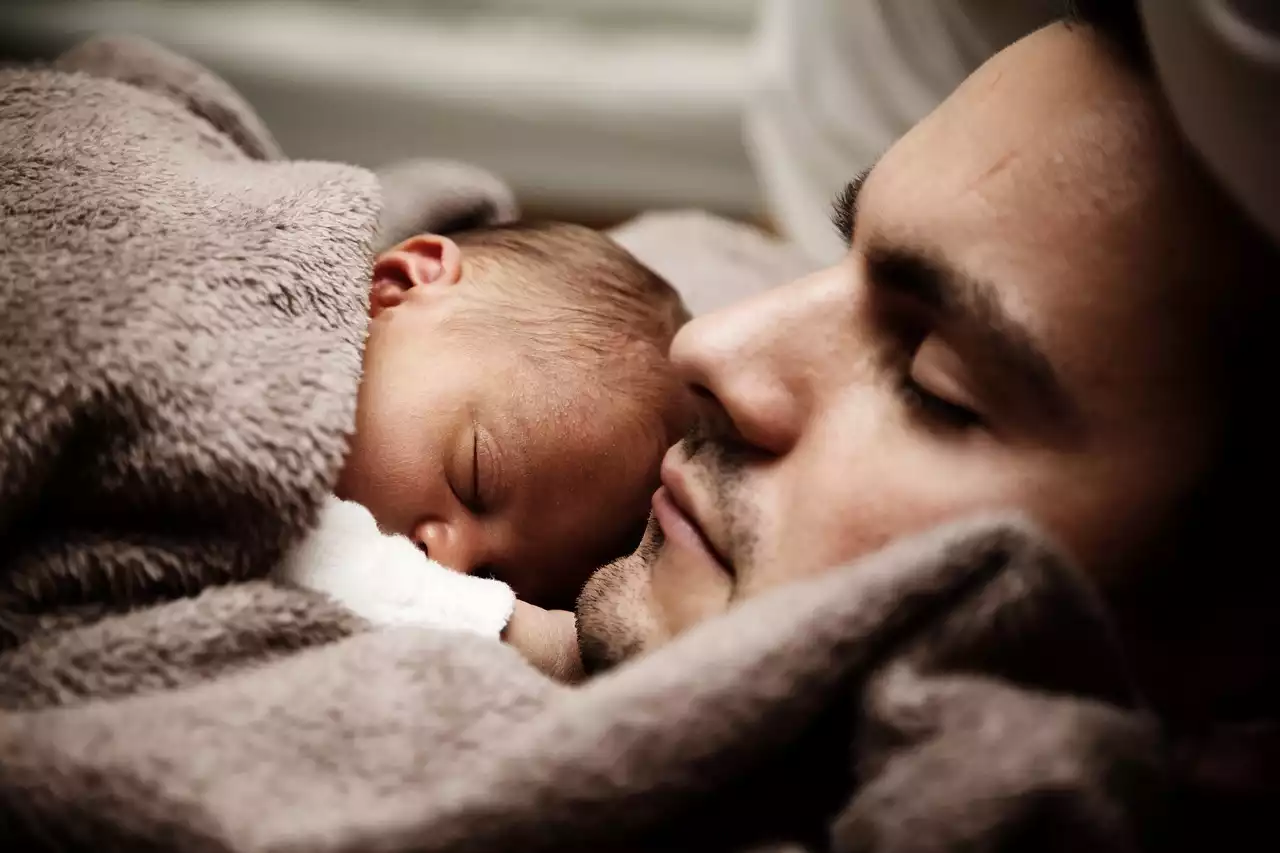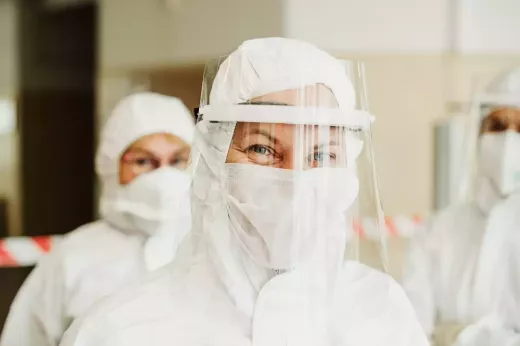Assessing your home for baby readiness
Before your baby arrives, it's important to assess your home for any potential hazards or safety concerns. One of the first things you should do is walk around your home and take note of any sharp edges, loose wires, or items that could be dangerous to a curious baby. It's also important to ensure that your home has functioning smoke detectors and carbon monoxide detectors.
Another important step is to check your home's water temperature. Your baby's delicate skin needs to be protected from hot water, so it's essential to adjust your water heater to a maximum temperature of 120 degrees Fahrenheit. You should also consider installing baby gates at the top and bottom of stairs to prevent any accidents.
Decluttering and organizing your space
It's no secret that babies come with a lot of stuff. Before your baby arrives, it's important to declutter and organize your space to make room for all of their belongings. This includes removing any unnecessary furniture or items that could pose a safety hazard. It's also a good idea to designate a specific area for all of your baby's items, such as a closet or dresser.
In addition to decluttering, it's important to clean your home thoroughly. This includes dusting, vacuuming, and disinfecting all surfaces. Babies have delicate immune systems, so it's important to keep your home as clean as possible to prevent the spread of germs.
Babyproofing your home
Babyproofing your home is one of the most important steps in preparing for a newborn. This includes installing safety gates on stairs, covering electrical outlets, and securing furniture to prevent tipping. It's also important to ensure that all hazardous items such as cleaning supplies and medications are stored out of reach.
Another important step is to cover any sharp corners or edges with corner guards. This will prevent your baby from bumping into them and potentially injuring themselves. It's also a good idea to install window guards and doorstops to prevent any accidents.
Choosing the right furniture and equipment
Choosing the right furniture and equipment is essential in creating a safe and comfortable environment for your newborn. When selecting a crib, make sure it meets the safety standards set by the Consumer Product Safety Commission (CPSC). It's also important to avoid any soft bedding, such as blankets or pillows, as they can increase the risk of suffocation.
In addition to a crib, you'll also need a changing table, dresser, and glider or rocking chair. When selecting a changing table, make sure it has safety straps to keep your baby secure. It's also important to choose a dresser with drawers that have safety stops to prevent them from accidentally being pulled out.
When it comes to equipment, you'll need a car seat, stroller, and baby carrier. Make sure to select ones that meet the safety standards of the National Highway Traffic Safety Administration (NHTSA) and the American Academy of Pediatrics (AAP).
Setting up a nursery
Setting up a nursery can be a fun and exciting experience for parents-to-be. When designing your nursery, it's important to select a calming color scheme and avoid any bright or stimulating colors. This will create a peaceful environment for your baby to sleep in.
It's also important to ensure that your nursery is properly ventilated and has adequate lighting. You'll also need to select a comfortable mattress for your baby's crib and ensure that it fits snugly. In addition to a crib, you'll also need a changing table, dresser, and glider or rocking chair.
Stocking up on baby essentials
Before your baby arrives, it's important to stock up on all of the baby essentials. This includes diapers, wipes, formula, and bottles. It's also a good idea to have a few different types of pacifiers on hand to see which one your baby prefers.
You'll also need to purchase baby clothes in various sizes, as your baby will quickly outgrow their newborn clothes. When selecting clothes, make sure they're made from soft, breathable materials such as cotton. It's also a good idea to purchase a few swaddling blankets to keep your baby warm and cozy.
Creating a feeding and diapering station
Creating a designated feeding and diapering station can make your life as a new parent much easier. When selecting a changing table, make sure it has ample storage for diapers, wipes, and diaper rash cream. You'll also need a comfortable chair or glider for feedings.
When it comes to feeding, you'll need bottles, formula, and a bottle warmer. It's also a good idea to have a few burp cloths on hand to clean up any spills. If you plan on breastfeeding, you'll need a breast pump and nursing pads.
Preparing older siblings and pets
If you have older siblings or pets, it's important to prepare them for the arrival of a new baby. This includes explaining to them what to expect and involving them in the preparation process. It's also important to establish boundaries and rules to ensure that everyone remains safe and happy.
For pets, it's important to introduce them to the baby gradually and supervise all interactions. You should also make sure your pet is up-to-date on all vaccinations and flea treatments.
Safety measures to keep in mind
In addition to babyproofing your home, there are a few other safety measures to keep in mind. When it comes to sleep, it's important to follow the American Academy of Pediatrics (AAP) safe sleep guidelines. This includes placing your baby on their back to sleep and avoiding any soft bedding or pillows.
It's also important to never leave your baby unattended on a changing table or any elevated surface. You should also never leave your baby alone in a bathtub or any other body of water.
